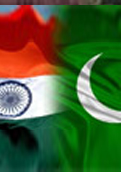Asia’s Buddhist Connectivity and India’s Role
India needs to start thinking about seeking a greater transformation in China from authoritarianism to embrace the culture of Buddhism and the impact such a change may entail for enduring relations between India and China.
- P. Stobdan |
- February 19, 2016 |










